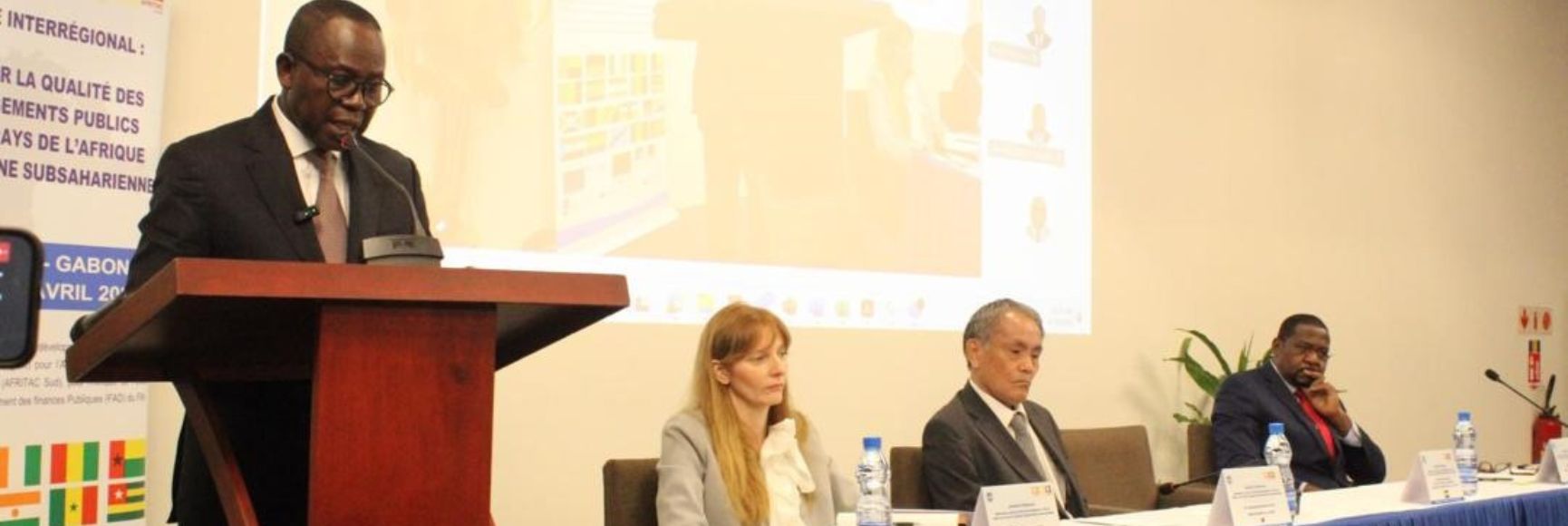The Collaborative Africa Budget Reform Initiative (CABRI) recently brought together 75 delegates from 24 countries for its annual conference in Johannesburg. The topic this year was “value for money in public spending”. CABRI is the peer-led network of African senior budget officials, which aims to improve African public finance management through peer exchange and support. It is being led by its member countries and supported by a small secretariat based in Pretoria.
2014 marks the tenth annual conference, a sign of continuity and institutional memory. This continuity has allowed CABRI to influence the African PFM agenda with a different take that is more reflective of the concerns and needs of its members. The CABRI approach sets it a bit apart from the all too familiar blend of international best practices, norms and success stories.
Looking at the past record of CABRI conferences, there are some familiar themes, such as medium-term budgeting (2008) and performance budgeting (2012). These issues are tackled with a strong focus on figuring out ways forward for budget officials. Over the years, more straightforwardly practical questions actually predominated, such as how to deal with fragmented systems (2005), budget implementation (2011), and how to bridge the gap between formal reform ambition and functional reality (2013).
Such topics are clearly on the minds of many budget officials, but there is a gap in the global provision of advice and accessible knowledge. The CABRI conference publications are a highly recommended source (among only a few that exist) to start reading about how to make PFM systems function better, rather than what tools a PFM system may need. This year’s conference was no exception.
Value for money (VfM) is a public finance issue of very long standing. There is a widely accepted set of tools to address VfM concerns, from cost-benefit analysis to different forms of evaluation and audit. In OECD countries, almost every part of government might use VfM tools – centres of government, audit institutions, finance ministries, line ministries, as well as local governments. It is fair to assume that in the OECD, the technical skills required are quite common and easily acquired by governments as needed. But the experience of OECD countries also shows that having the tools is not the same as using them.
There are plenty of examples of government blunders related to governments’ inability or unwillingness to use information before things got out of hand. In Germany, Berlin’s new airport is billions over budget and years behind schedule. Hamburg’s new opera house became synonymous with government waste after costing nearly EUR 600 million, instead of the original estimate of EUR 77 million. In the UK, examples like the Millenium Dome, the Scottish Parliament building or the failed ID card scheme fill volumes.
Whether the issue is about the cost of capital projects or a government’s ability to properly use information about financial and non-financial performance more broadly, achieving value for money is a very complex challenge that cuts across the entire budget cycle. One of the central concerns at the CABRI meeting was consequently how to set up the right institutional arrangements to ensure that VfM is not a niche concern to do with the writing of reports but actually ends up shaping the choices of decision-makers as and when they need to. Experience from different countries shows that the tools themselves are relatively uniform and simple to transfer, but the institutional arrangements vary considerably and need to be tailored to the demands of people in positions of authority.
One particular concern from participants was about the role of politicians. Civil servants often feel that they can try as they might to plan, execute and manage public spending properly to secure value for money, only to then be thwarted by political intervention. This might take the form of politicians’ fondness for pet projects (a common occurrence in both OECD and developing countries), poor value being achieved because of ideological preferences in the face of evidence, as well as outright mismanagement and corruption.
For a senior budget official, these kinds of issues present a very challenging terrain. Political choices are the domain of politicians, even if some political priorities are technically questionable. In other words, it is often not up to civil servants to define what “value” is in a given policy area, only how best to achieve it.
In poorly governed countries, it is also not wise for civil servants to be so ambitious about value for money as as to find themselves out of a job. Nevertheless, there are things civil servants can do within the technical space that they have. One is to ensure that the technical processes are as sound as they can be. Another is to build alliances and work towards an institutional setup that facilitates and does not hinder good value decisions. Finally, the more reliable information there is about government spending choices, costs and alternatives, and the more it is in the public domain, the higher the cost becomes for poor decisions to be taken with impunity.
For me there were three clear takeaways from the event, which show that a lot more work needs to be done to properly support public finance officials who are concerned about maximizing value for money in public spending:
• VfM is a broad concept. In order to be addressed properly, it needs to cover the entire budget cycle.
• VfM is not about analytical tools, but about institutional arrangements that facilitate the use of VfM information. If cost-benefit analyses are produced and not acted upon, then all the work put into developing the necessary analytical methods and procedures represents a sunk cost.
• Political constraints are real and need to be taken seriously. They should not be an excuse to abandon the VfM agenda altogether, but budget officials need guidance on what to do when the institutional environment is not in their favor.
1 Team Leader Public Finance, Centre for Aid and Public Expenditure, Overseas Development Institute
Note: The posts on the IMF PFM Blog should not be reported as representing the views of the IMF. The views expressed are those of the authors and do not necessarily represent those of the IMF or IMF policy.






